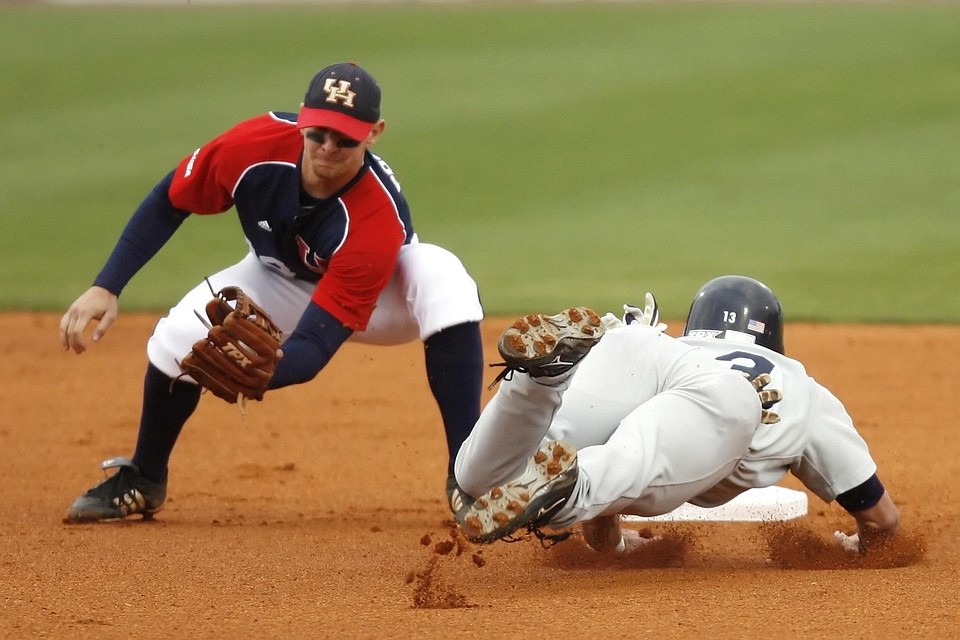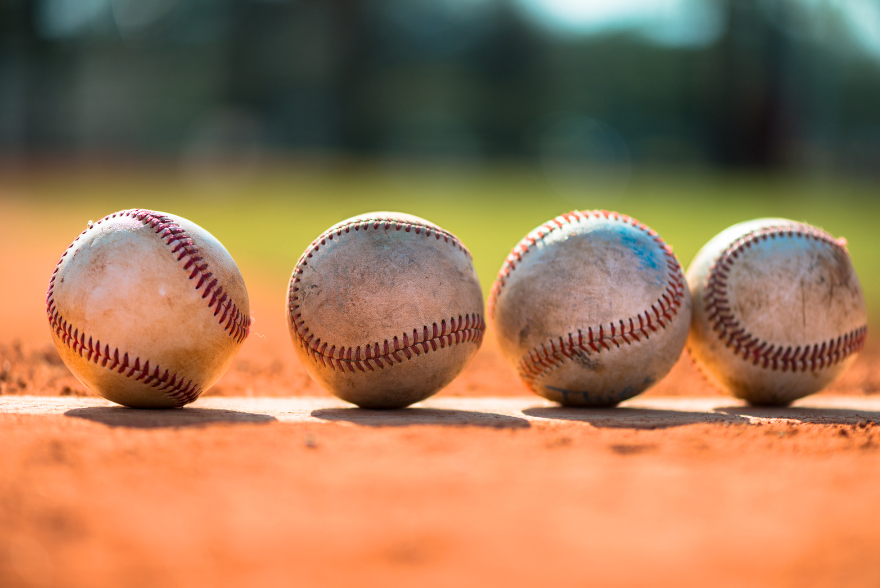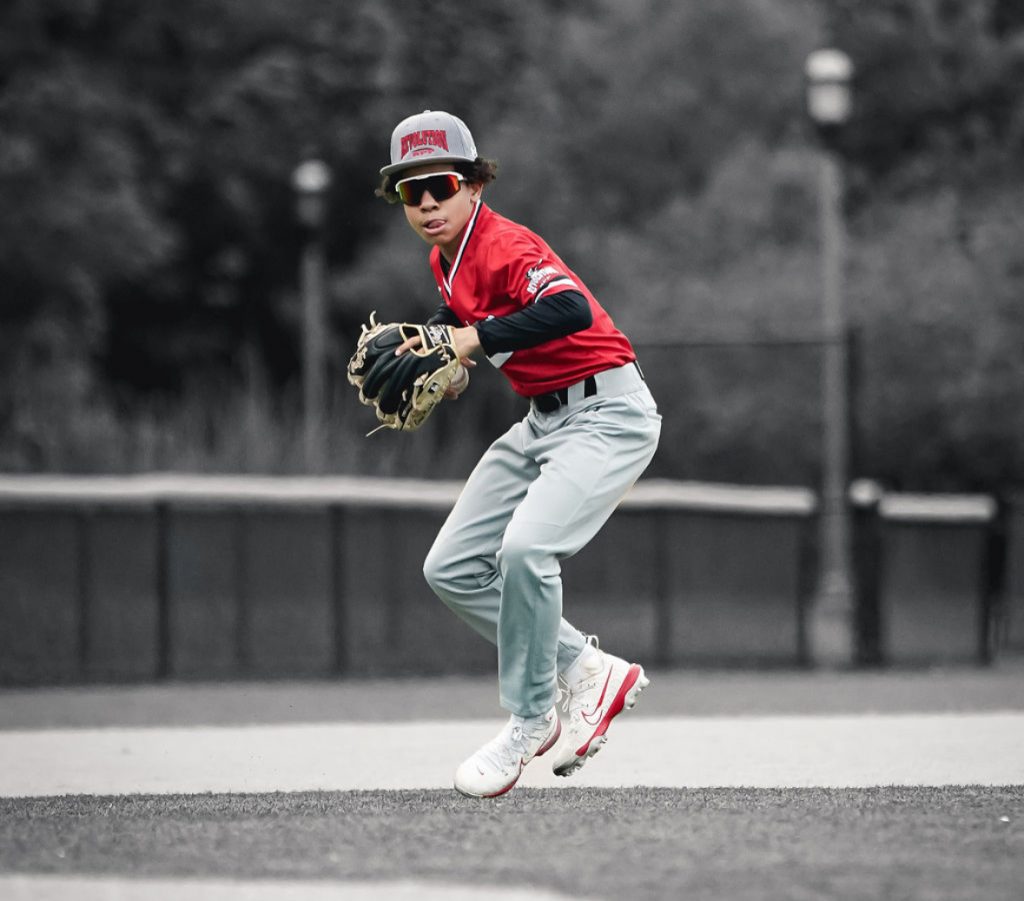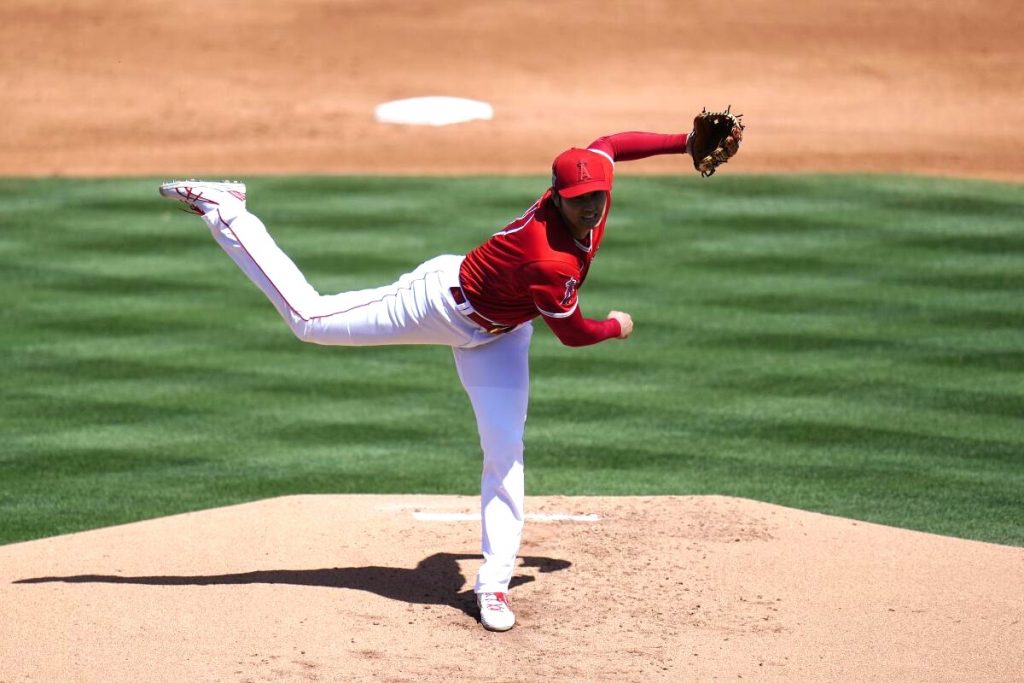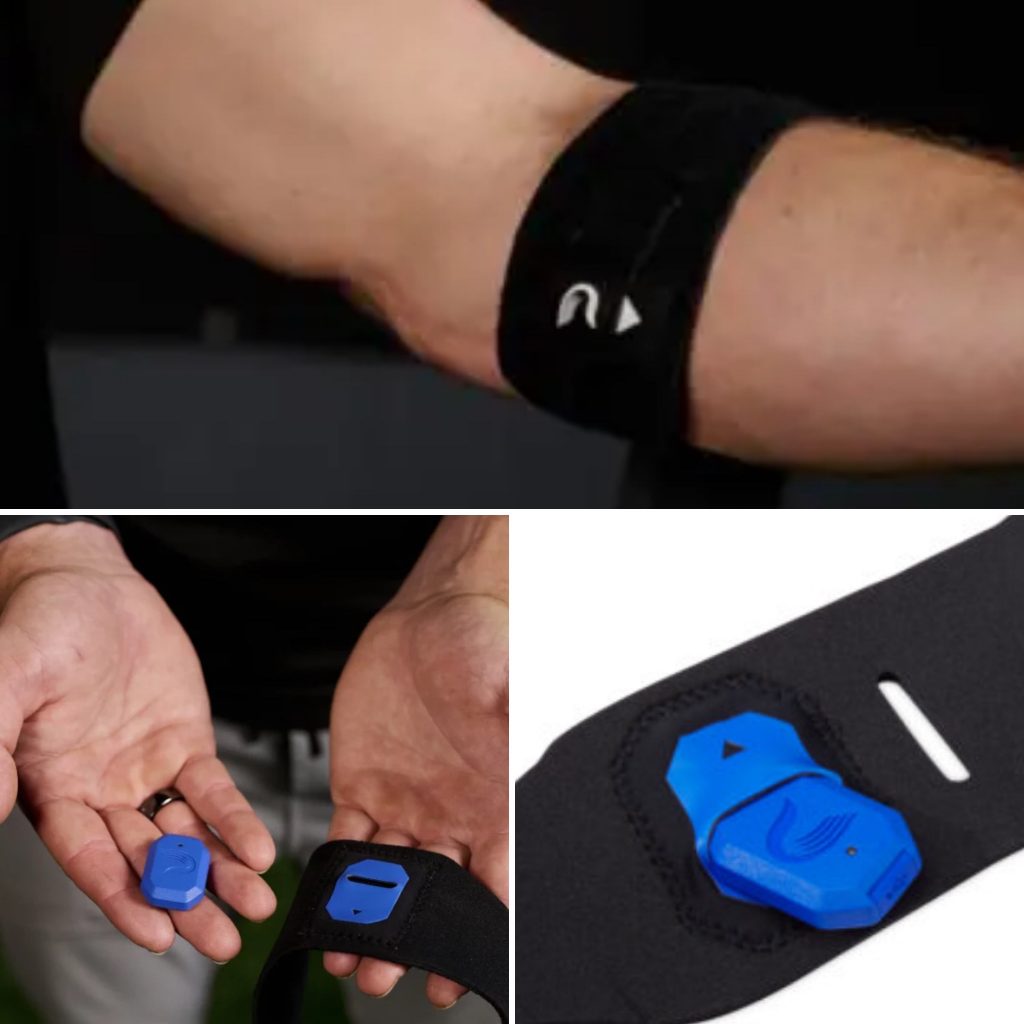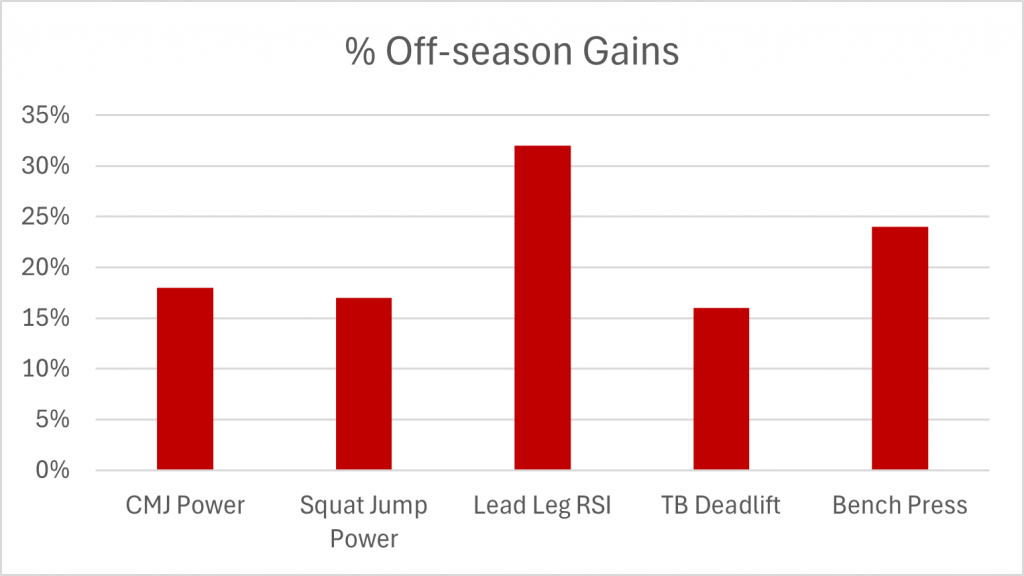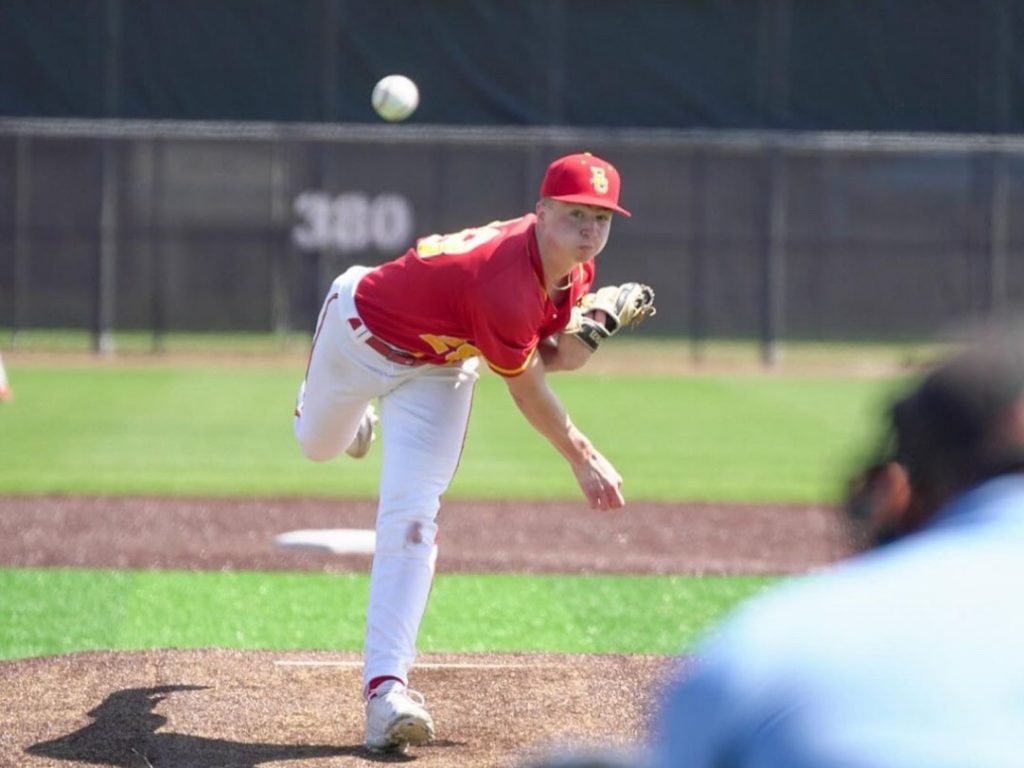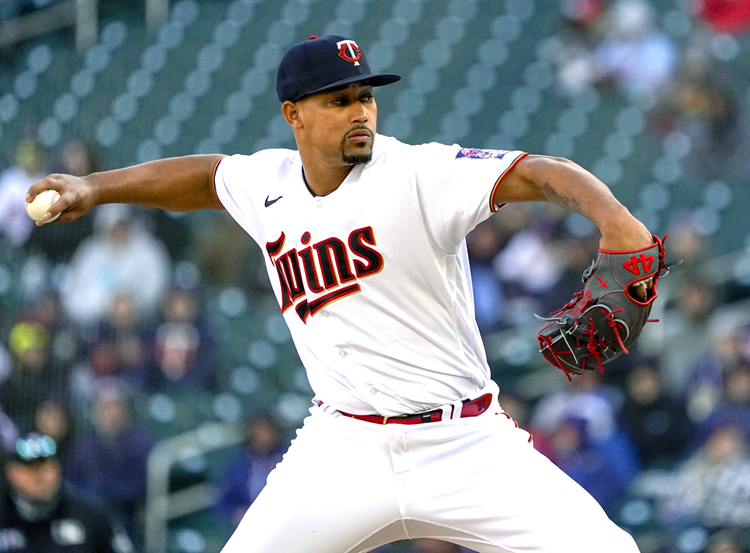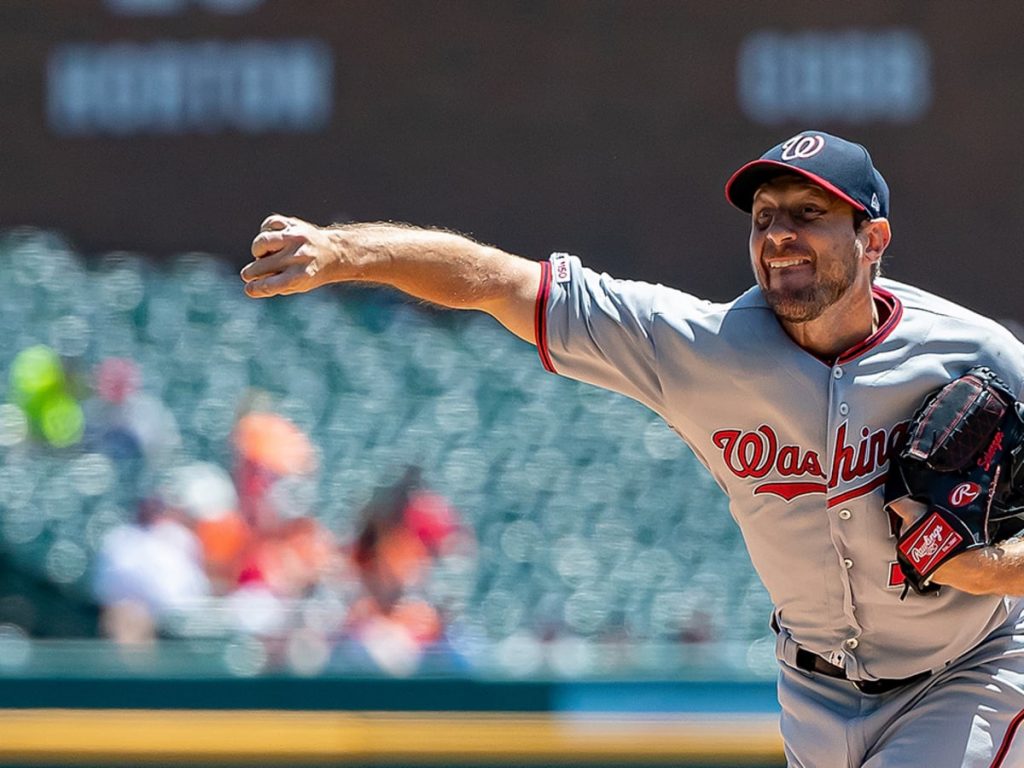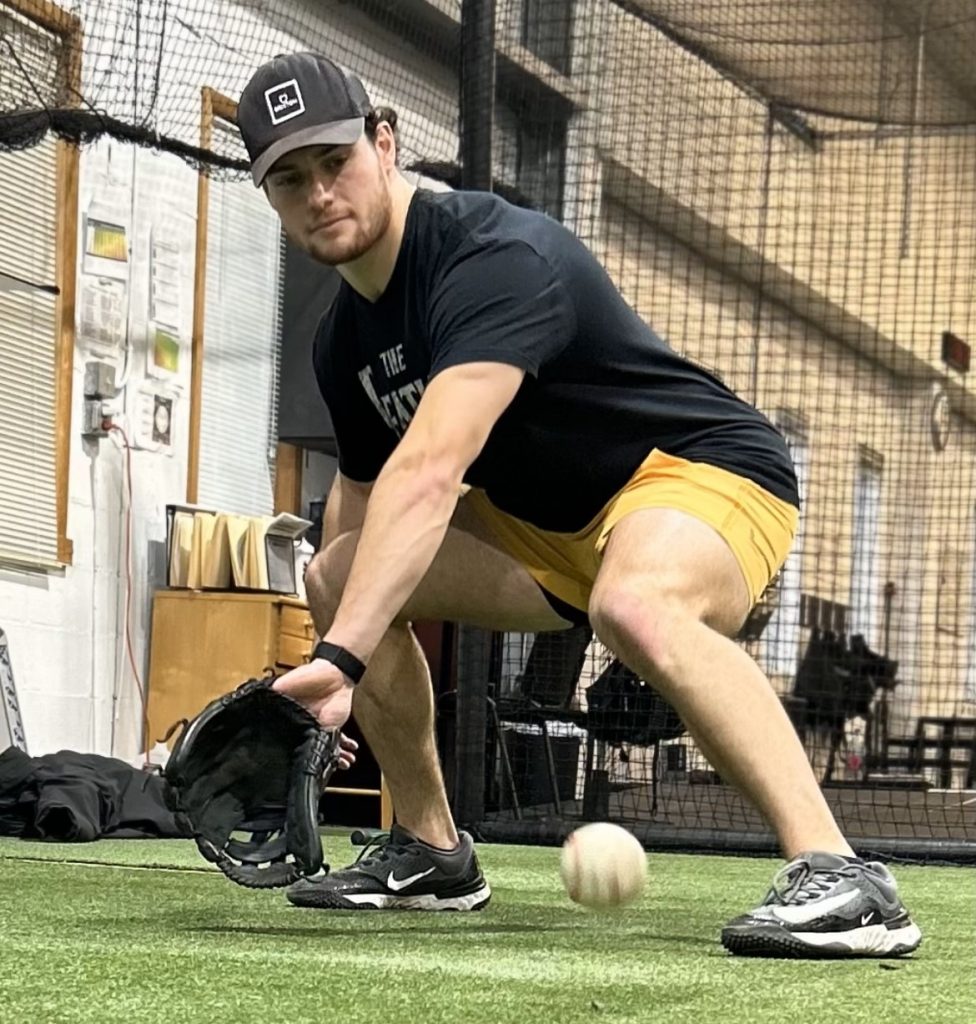
Today, I decided to get together with Dr. Ismael Gallo, DPT, the founder of the Baseball Flows™ App. As a former professional baseball player turned Doctor of Physical Therapy, Dr. Gallo specializes in effectively bridging the gap between the movements in-gym to the specific movements essential for on-field excellence.
Many young ball players face a common hurdle. They lack the athleticism to play defense at a high level. In order to field a ground ball or charge a bunt efficiently, movements need to be fluid and this requires what is known as agility. And, when it comes to fielding a ground ball, agility involves making these rapid movements mentioned above in constantly changing, unpredictable environments.
So, what exactly IS agility?
Continue reading “How to Improve Your Defensive Fielding… The Three Pillars”
